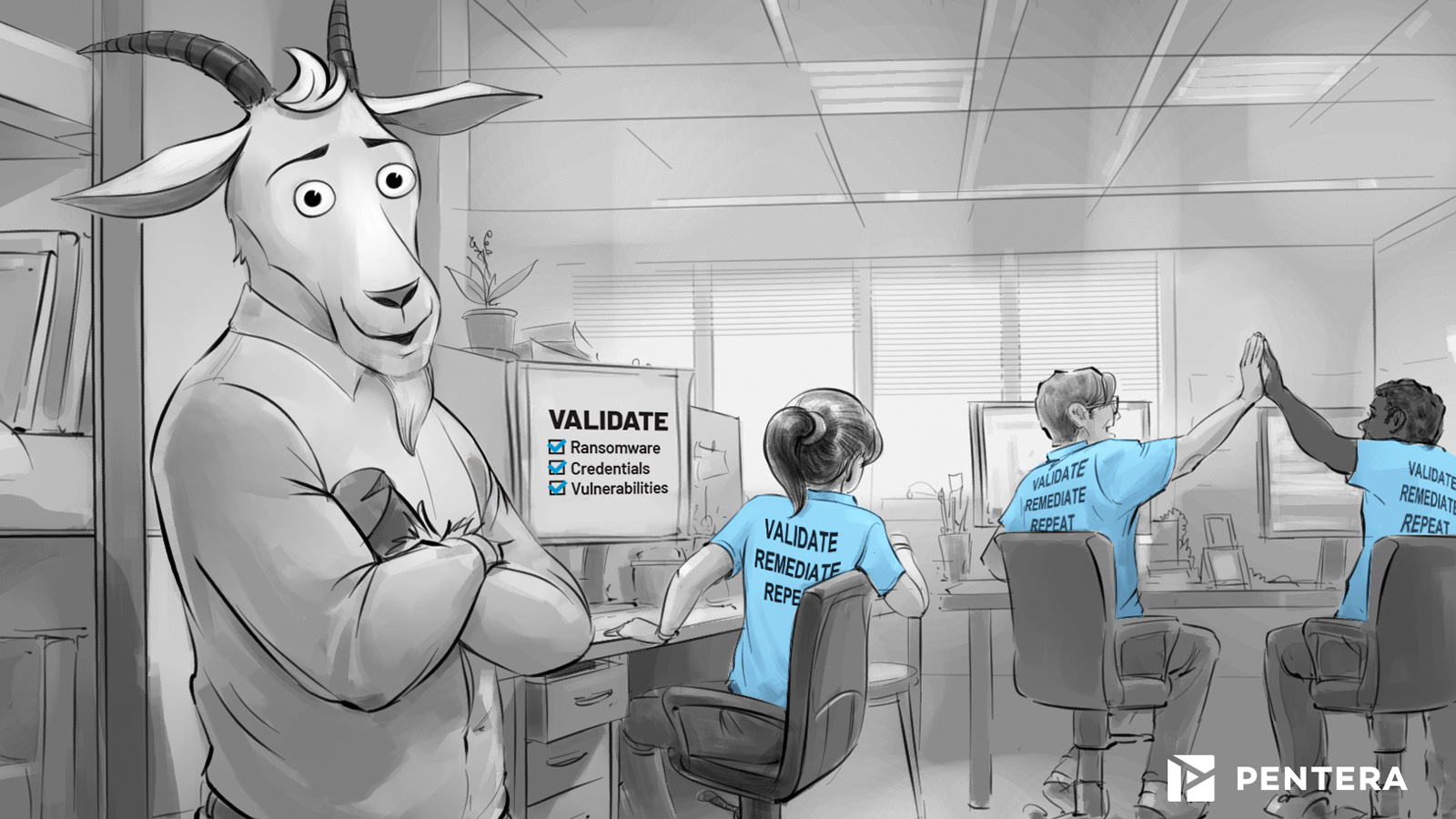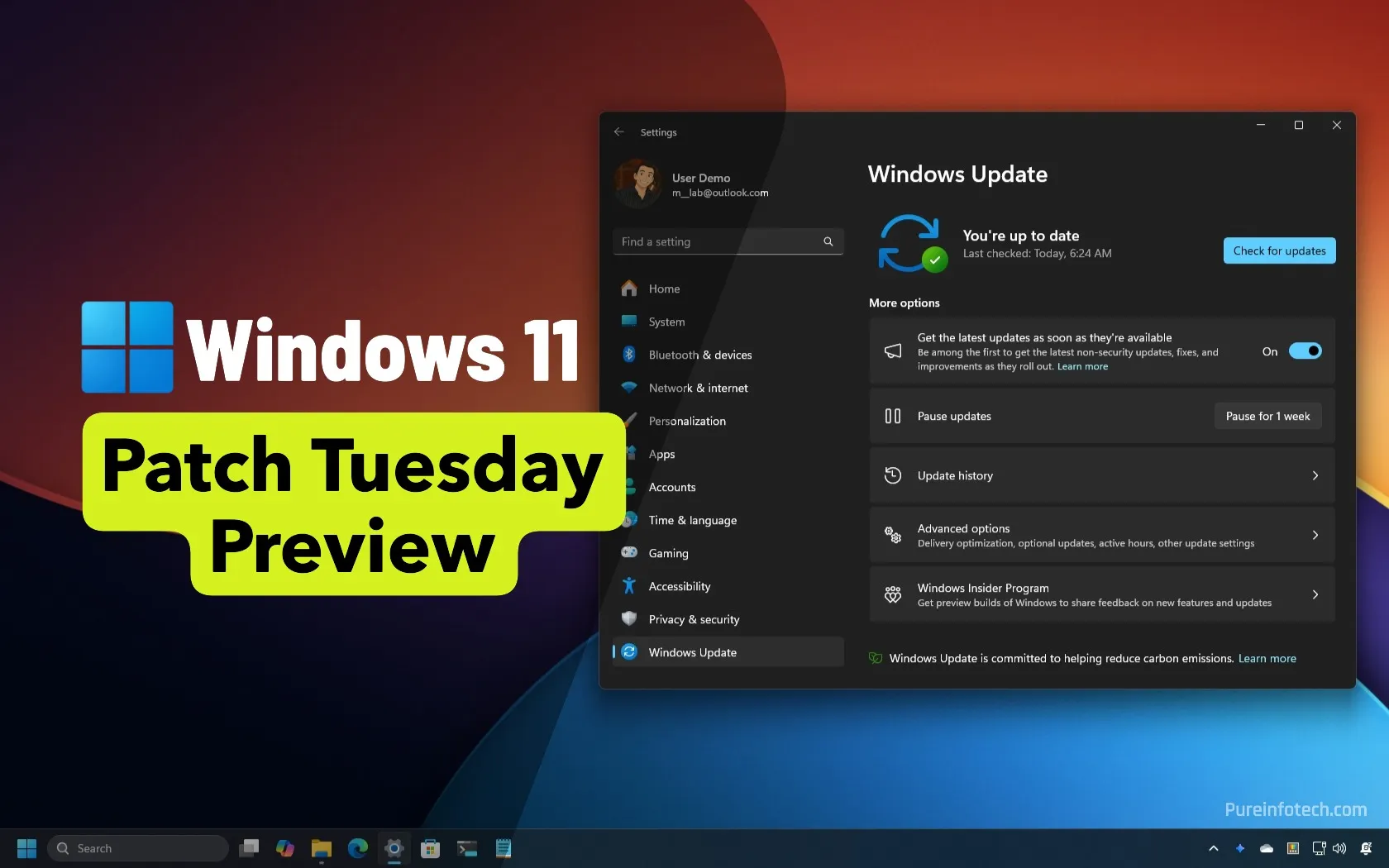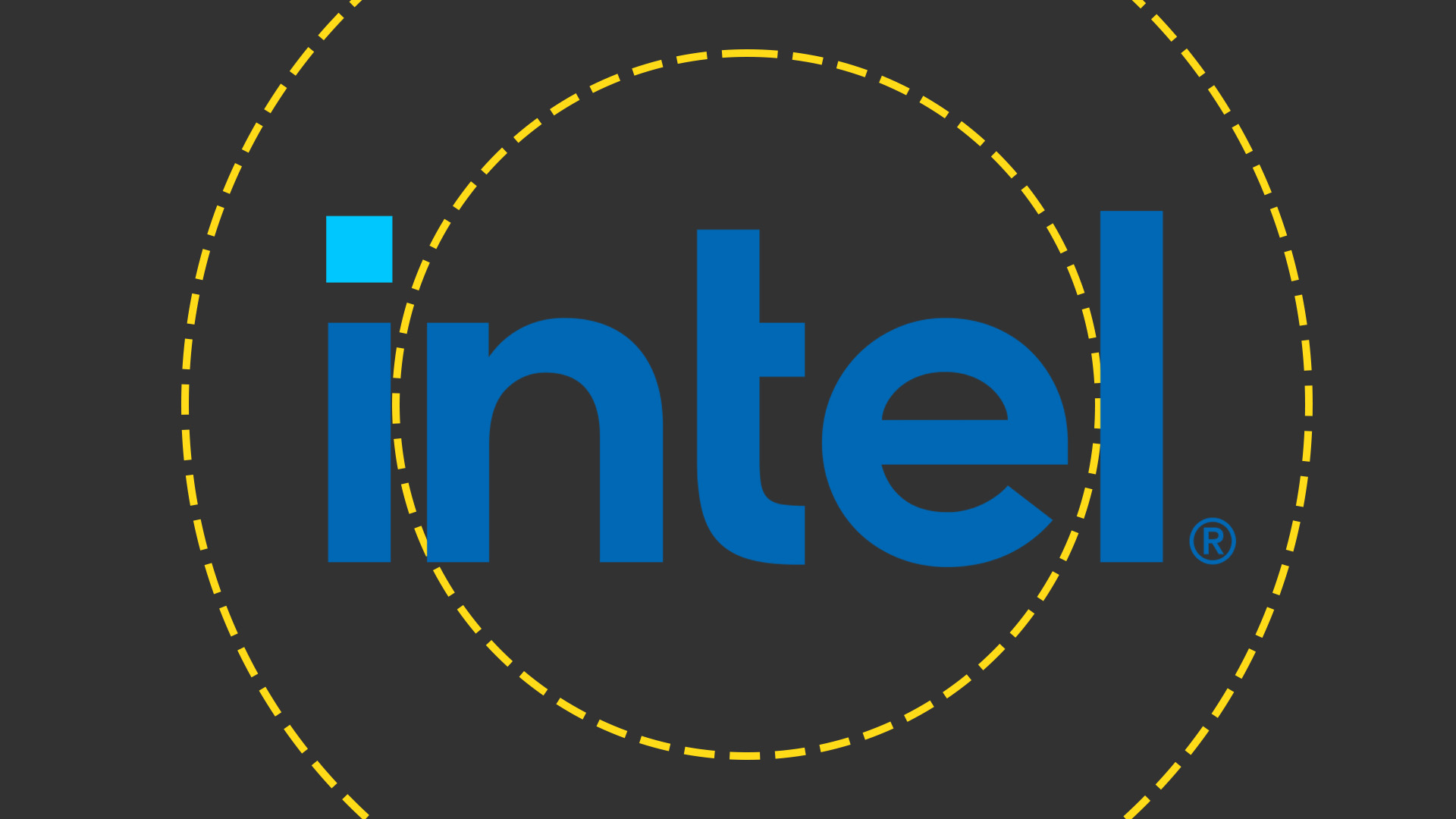A Cybersecurity Leader’s Guide to SecVal in 2025

For many security leaders security validation has become a top priority. After the introduction of the Continuous Threat Exposure Management (CTEM) framework by Gartner™ in 2022, security validation is well on its way to becoming mainstream.
A Brief Summary of SecVal
As attack surfaces expanded and threats grew more complex, vulnerability management alone became insufficient for effective security posture management. Since 2015, solutions like BAS, RBVM, EASM, and automated penetration testing have stepped in to address these gaps.
These technologies assess an environment’s security by analyzing the attack surface, simulating realistic attacks, or leveraging threat intelligence. The result? A prioritized roadmap of mitigation steps based on exploitability risk and business impact.
Put simply, SecVal is a “battle test” of your defenses.
Today, the landscape has advanced further with agentless, user-friendly adversarial validation tools. Below are three impactful ways to leverage them for improved security.
Validate Against Ransomware
Imagine this, your CEO walks into your office and tells you he heard about the latest wave of LockBit and the devastation that it’s caused. Then he asks the ever-looming question “Would we be okay?”
Not an easy one to answer. Inevitably it’s going to start with “It depends…” and that’s not the reassurance he’s seeking. This is where validating your environment against ransomware comes in handy.
It’s possible to keep a proactive stance against ransomware by emulating strains—such as LockBit, REvil, Maze, or Conti — to assess how effectively defenses detect, contain, and neutralize these threats.
Breaches often stem from anomalies—one naive user, one un-updated endpoint, or a single misconfigured firewall.
Automated security validation ensures comprehensive coverage by testing every endpoint, pinpointing vulnerabilities or exceptions that could allow ransomware to infiltrate and spread.
Validate User Credentials
Did you know that 31% of breaches and 77% of web application attacks involved stolen credentials?? (Verizon’s 2024 DBIR).
Leaked credentials are what enabled the Colonial Pipeline attack in 2021. The attackers gained access through a compromised VPN account that was no longer in active use.
The password for this account was part of a batch of leaked credentials found on the dark web.
Organizations are proactively testing for leaked, harvested, or weak credentials, where they can spot and de-activate exposed credentials before attackers get the chance to use them. This involves scanning the dark web for leaked credentials, simulating credential-stuffing attacks, checking for reused or easily guessed passwords, and flagging gaps in password policies.
Security validation ensures that credential-based defenses, like MFA, SSO, and account lockout mechanisms, function as intended. By safely validating the use of compromised credentials, organizations can assess credential-based defenses, closing the loop on a vital layer of security.
Validate Patched Vulnerabilities
You’ve been tasked with urgently patching the latest critical CVE, you rush to download the latest software update, install it, and then what? Do you know with certainty that it works or hasn’t inadvertently created another back door?
Security validation can be used to ensure that patches are not just deployed but effective.
A prime example is the infamous Equifax data breach, where failure to patch a known vulnerability in Apache Struts led to the exposure of sensitive data from 147 million individuals.
A routine validation after patching would have avoided this by confirming the patch was applied correctly and any residual gaps it may inadvertently have caused.
Get Clear Remediation Guidance
Security validation doesn’t stop at uncovering critical vulnerabilities—it should provide a clear path to resolution. By mapping the entire kill chain, security teams can prioritize the most critical fixes, steering clear of the inefficient “patch everything” approach.
This targeted precision minimizes remediation delays and empowers teams to act swiftly and effectively.
Security validation not only identifies gaps but also confirms what’s working. There’s greater confidence in knowing your defenses can handle real-world threats rather than simply hoping they will. Unlike traditional metrics, security validation evaluates your posture through emulated attacks, providing a clearer, action-oriented perspective on progress—one that should have been the benchmark all along.
Position Yourself From Reactive to Proactive
Hardened resilience goes beyond installing defenses—it requires actively challenging them. Organizations can transition from reactive to proactive security management by safely emulating real-world attacks in live production IT environments.
Test whether security controls effectively detect, block, and respond to malicious activities before damage occurs.
Security leaders who have adopted validation have effectively positioned themselves for long-term success. They’re not waiting for the next breach – they’re validating, remediating, and doing it on repeat.
Get the GOAT Guide to learn how to start validating, start defending, and start winning.
Author Bio
Aviv Cohen, a seasoned Chief Marketing Officer, is a speaker, cartoonist, and author with over 20 years of experience in product and marketing management. He joined Pentera in its very early days, shepherding its growth into a global brand and market leader. Before Pentera, Aviv developed Earnix’s brand and founded its Excelerate Insurance Summit and CEO Forum andheld significant product and marketing roles at Nvidia (NASDAQ: NVDA), and Amdocs (NASDAQ: DOX). Aviv holds a B.Sc in Electronics and Computer Science and an MBA.
Sponsored and written by Pentera.
Source link












